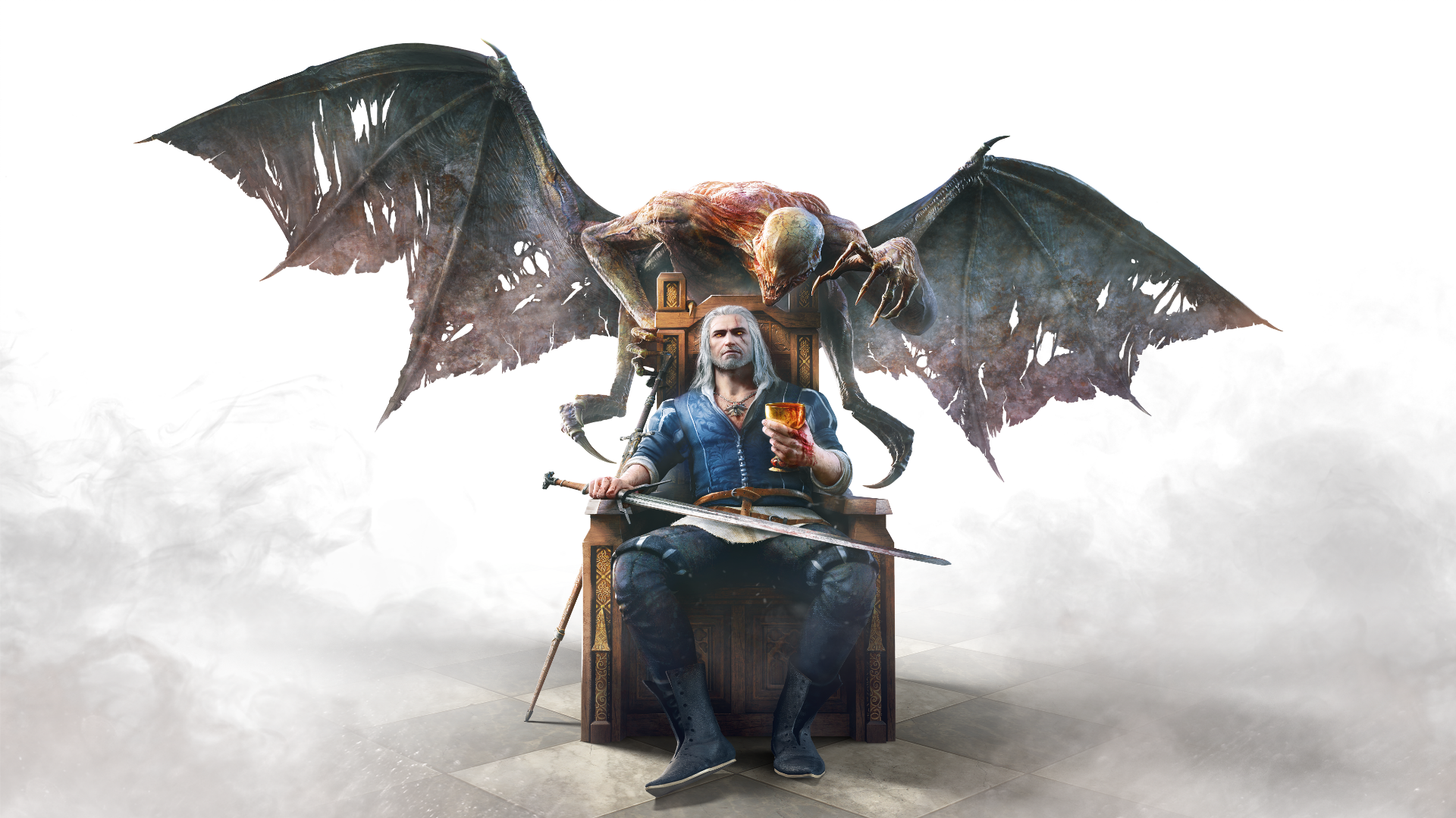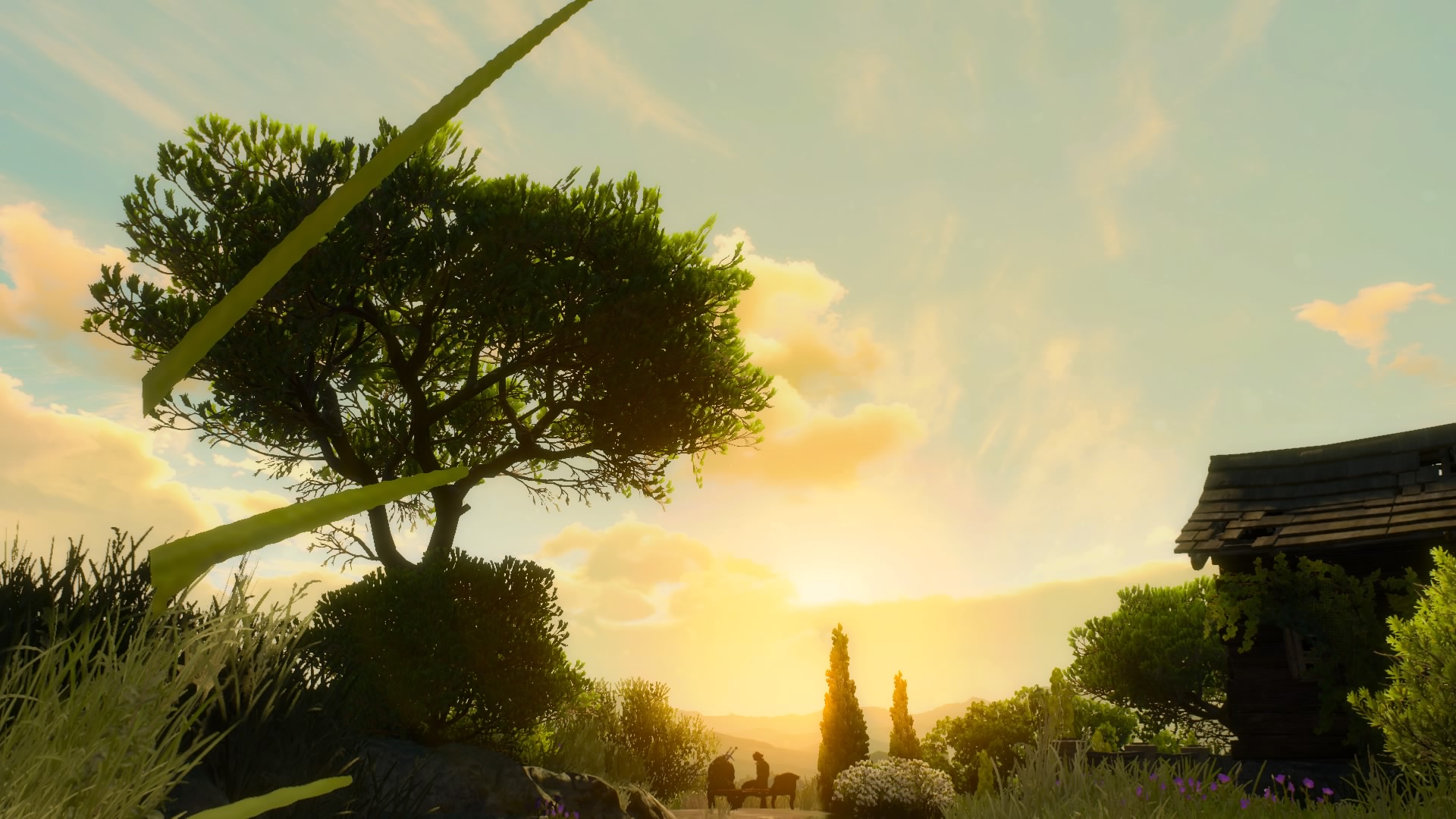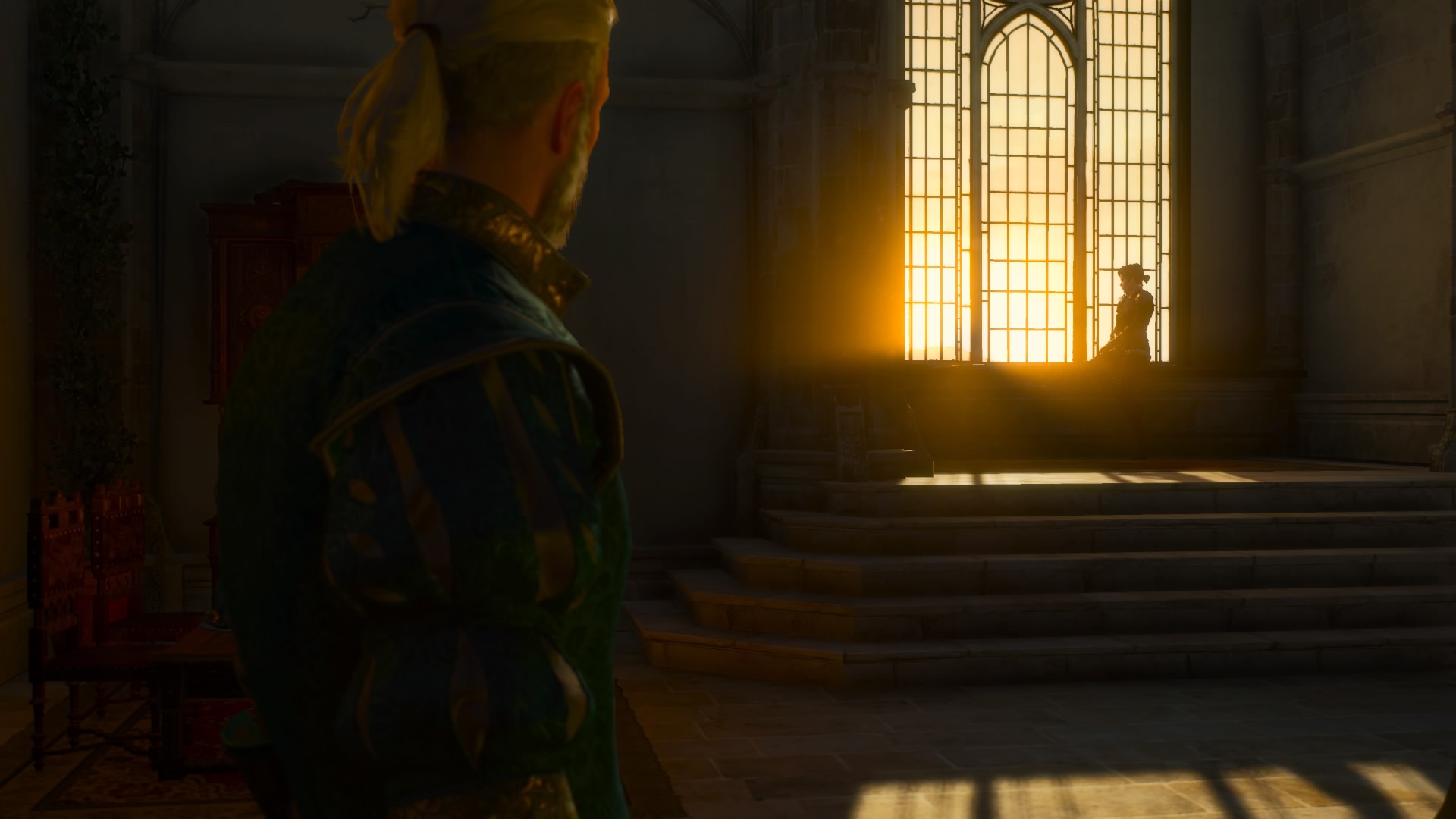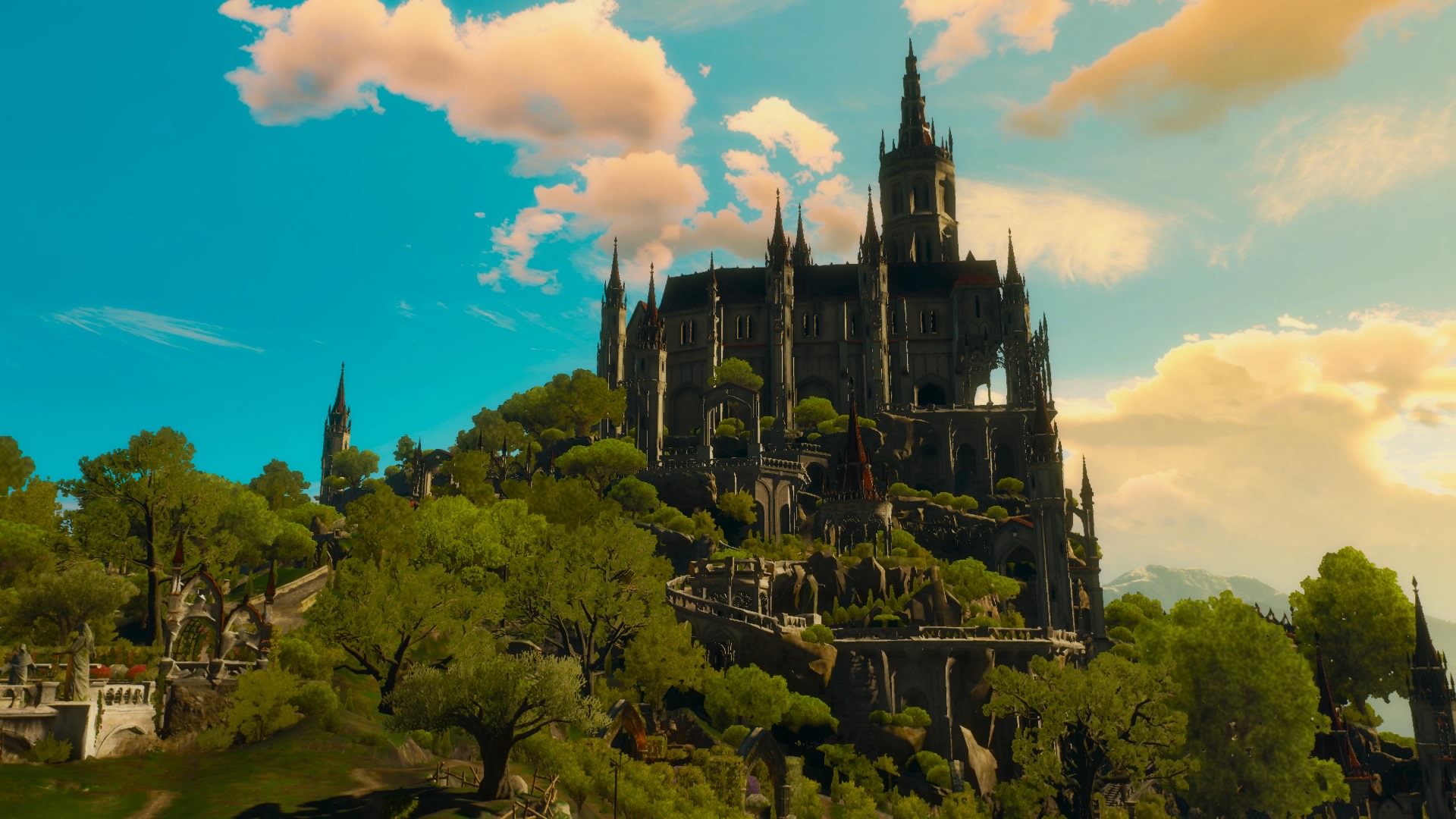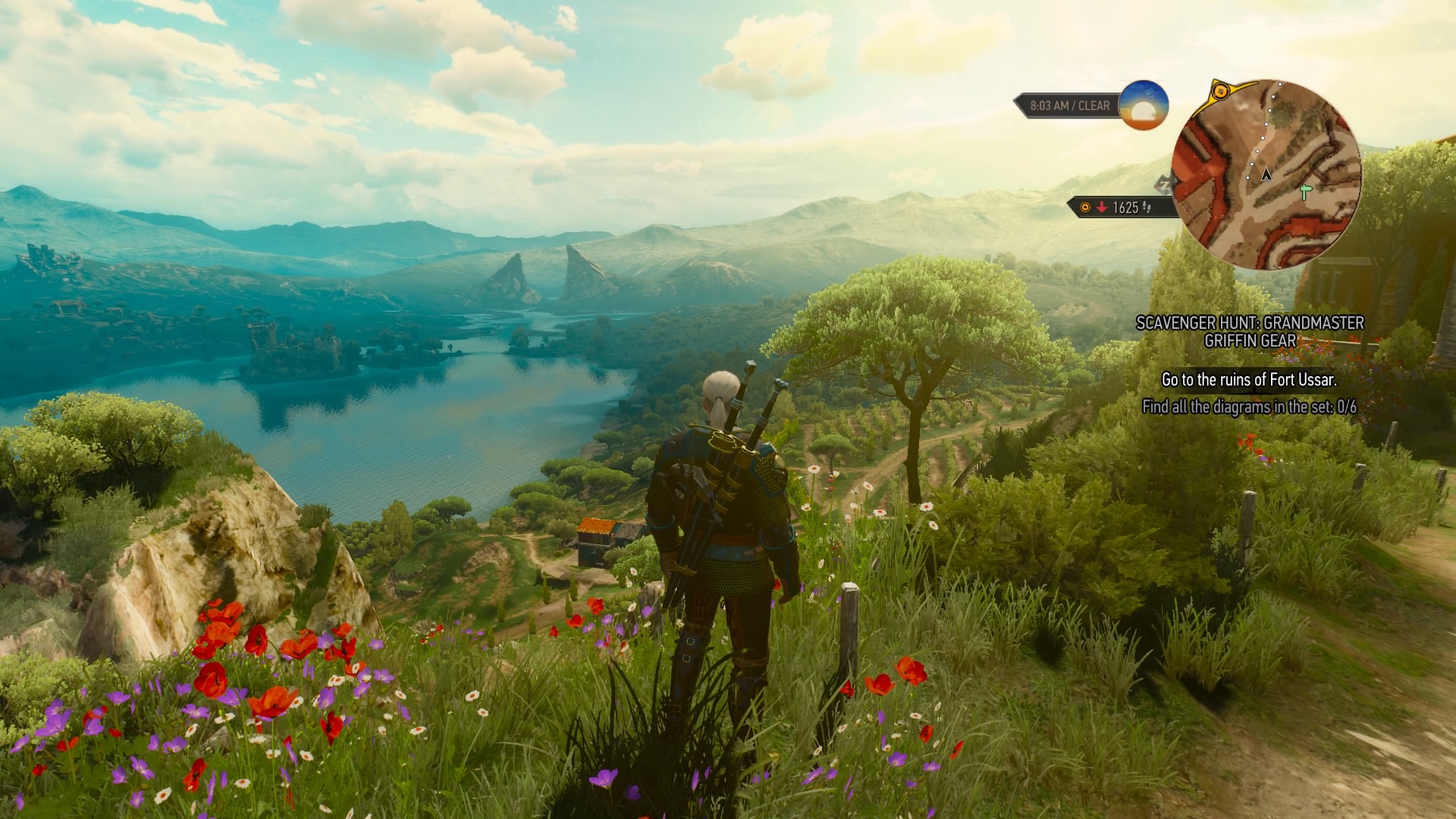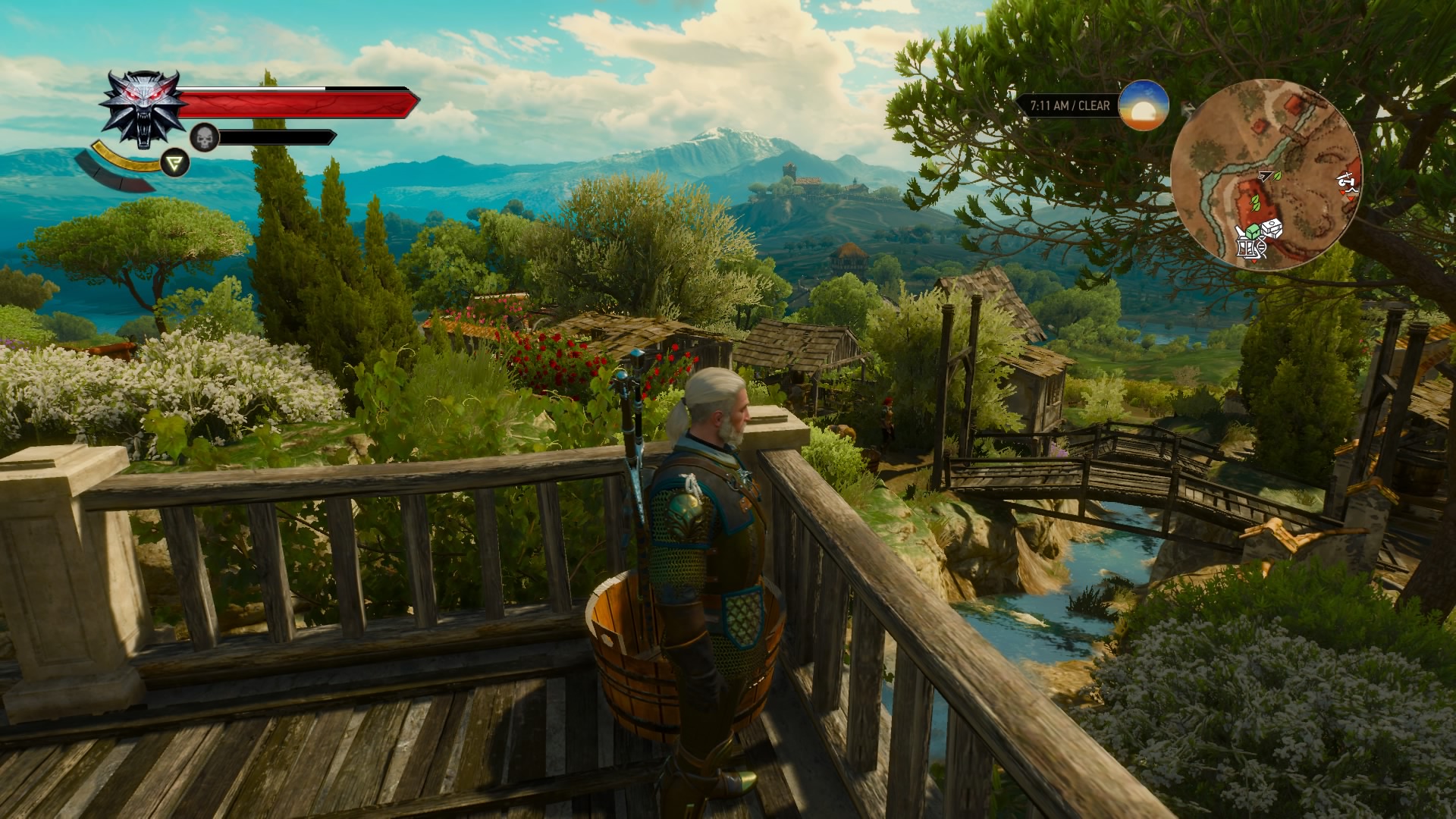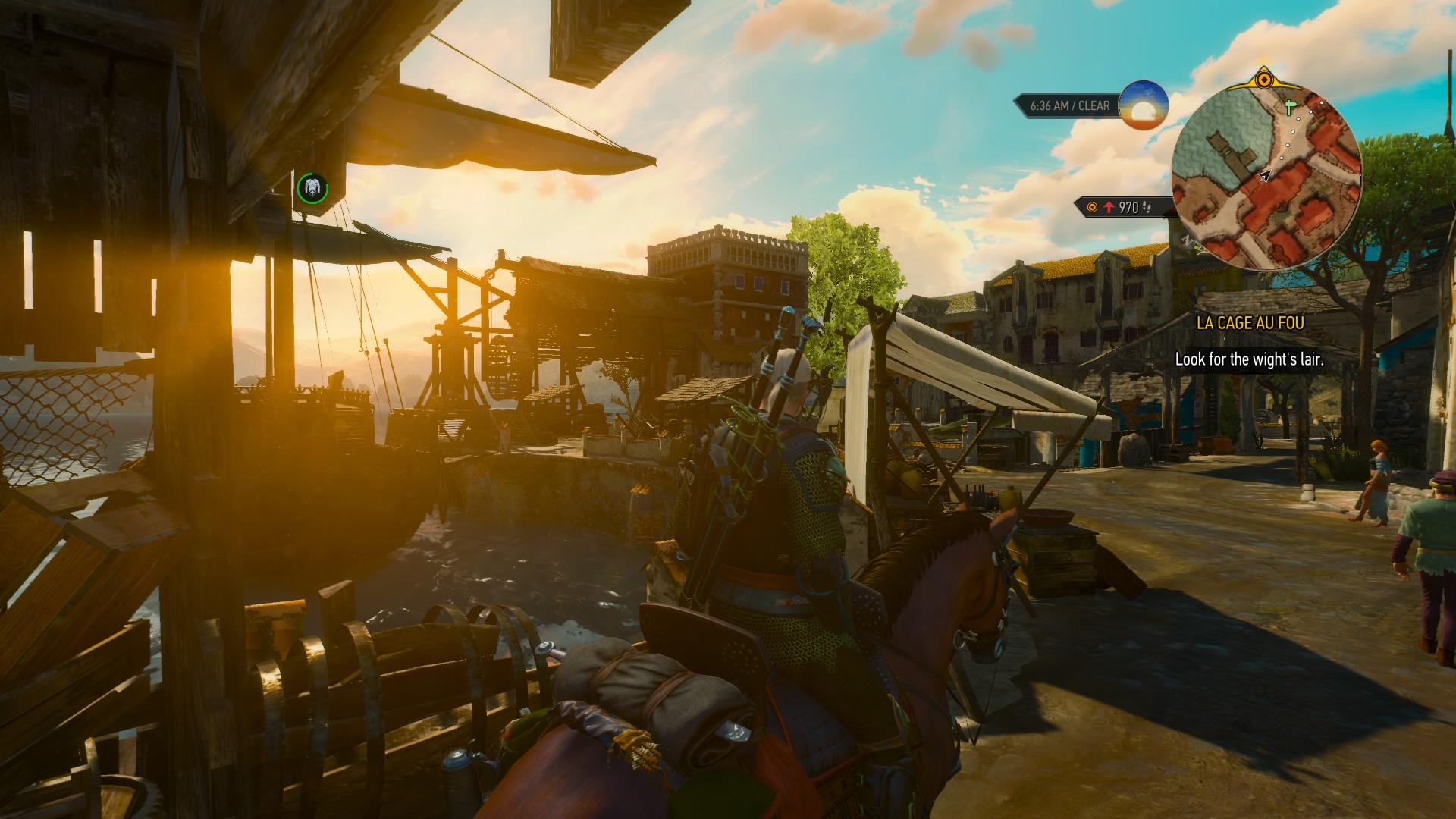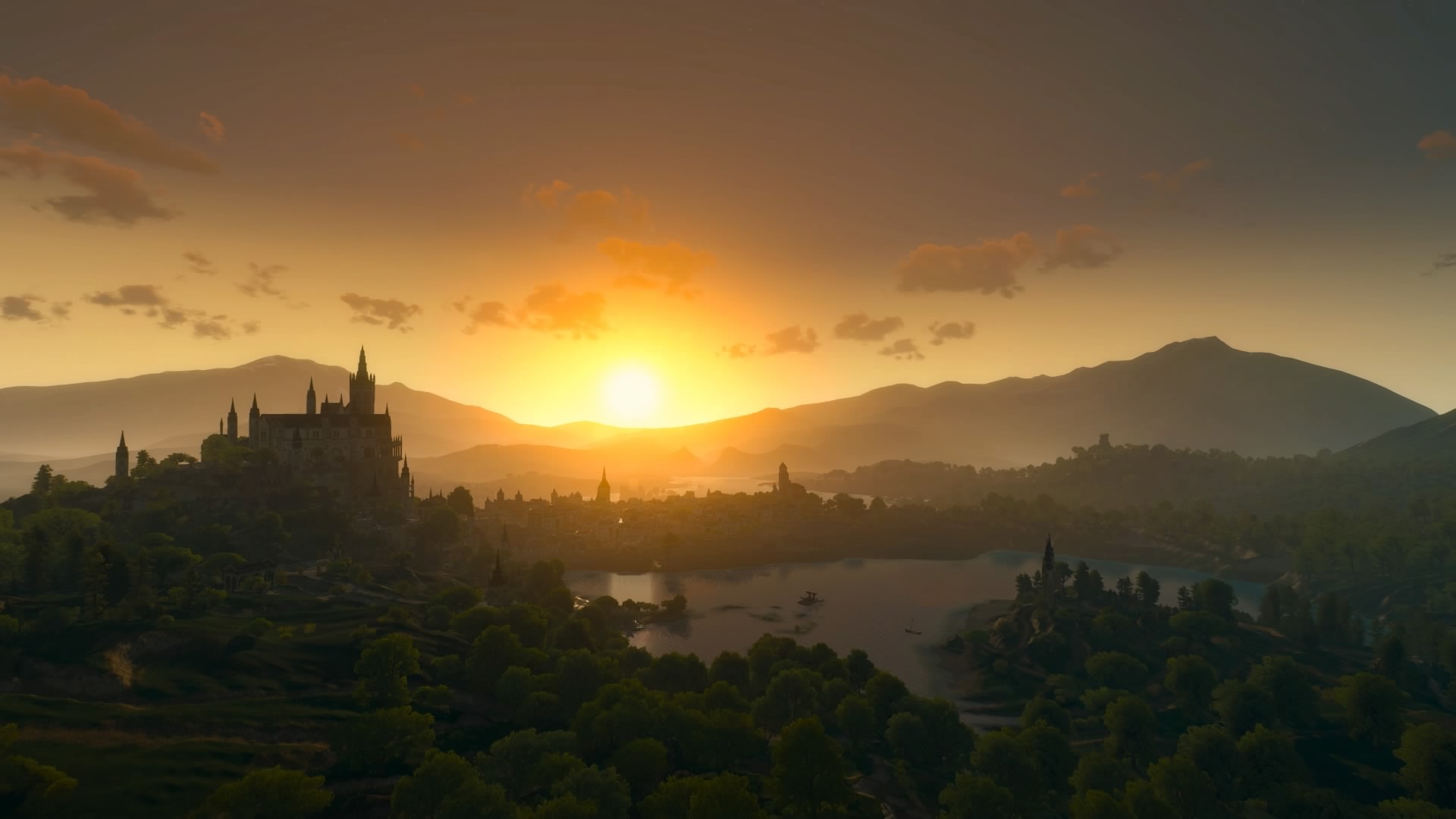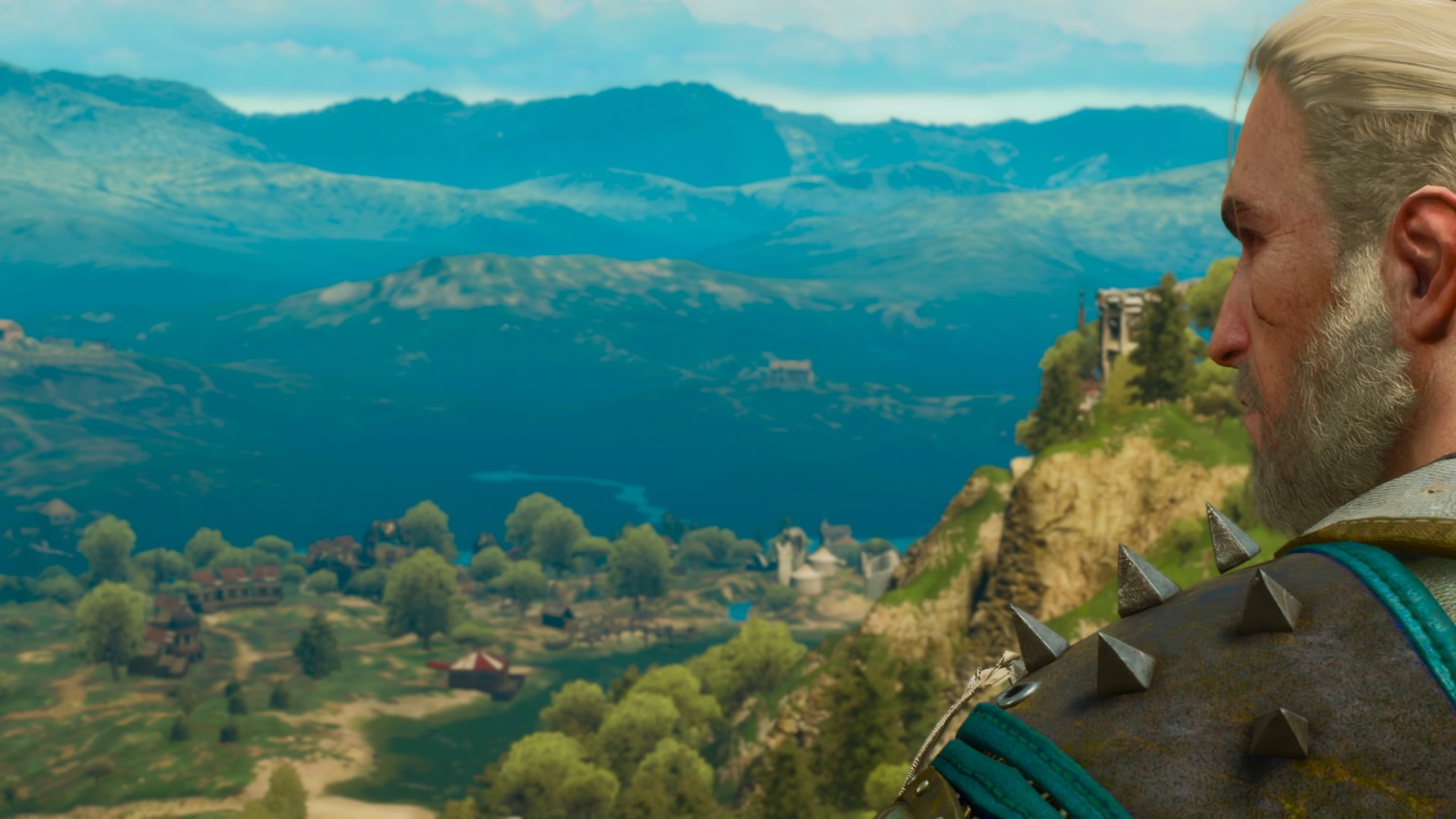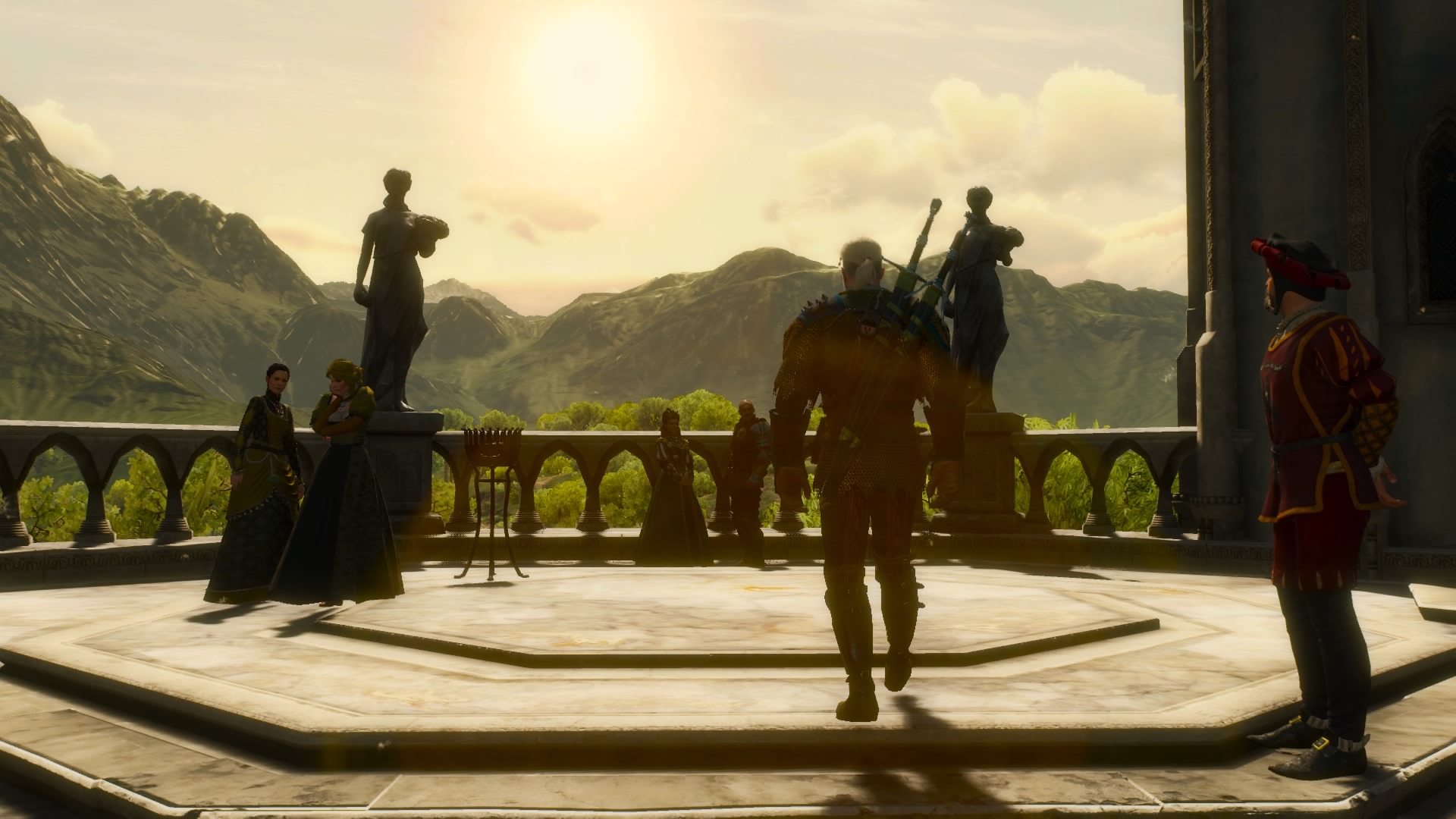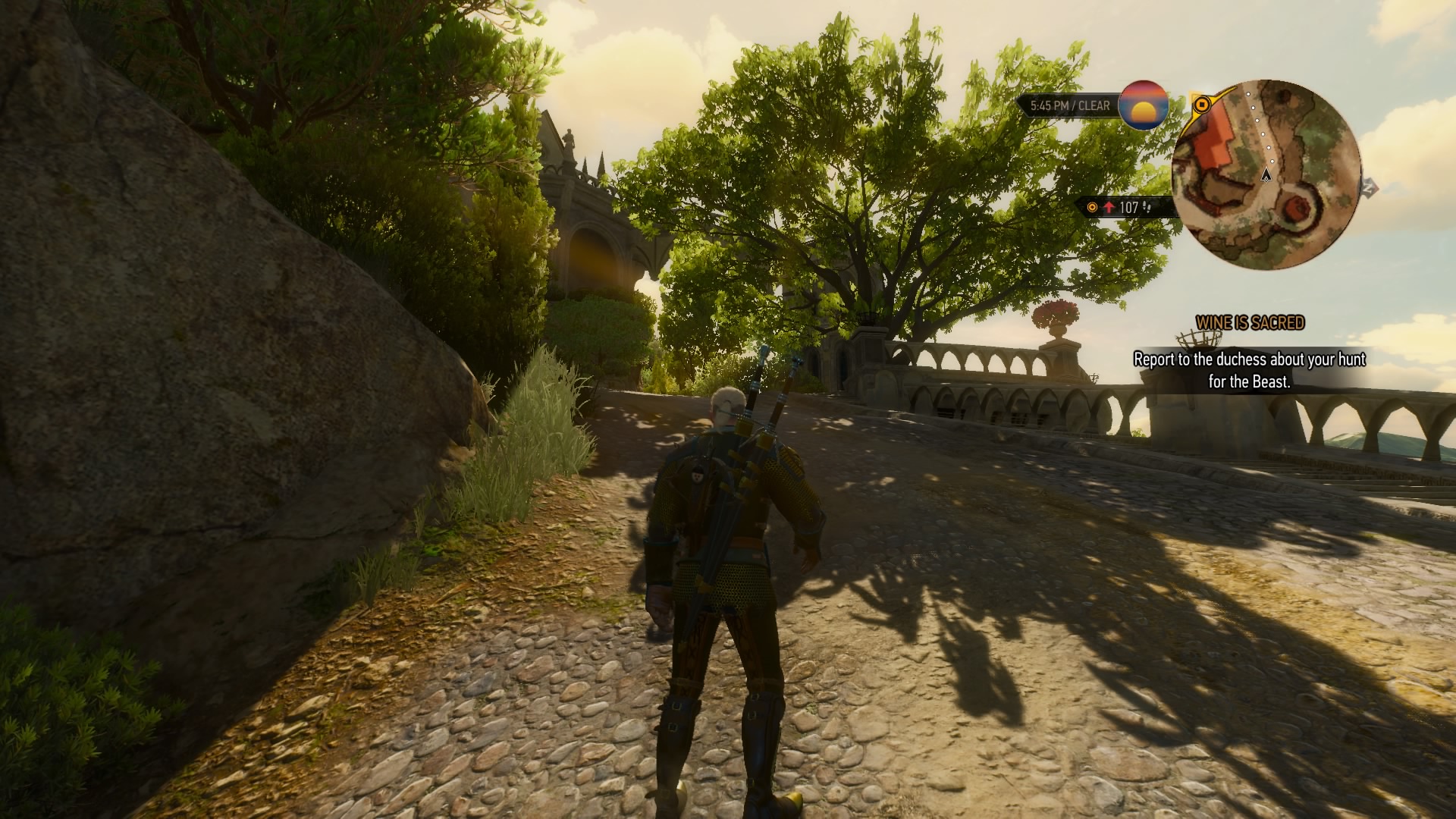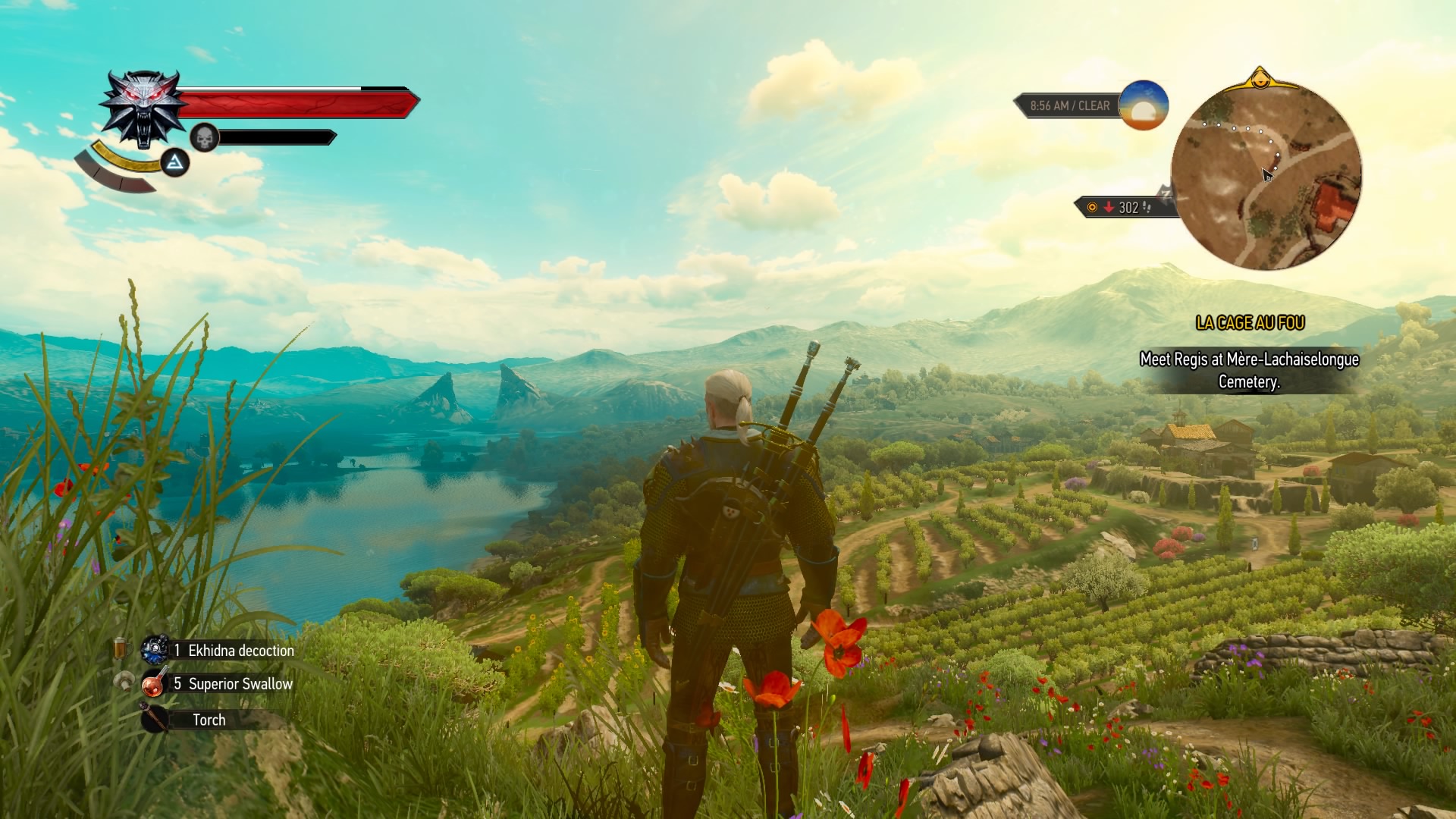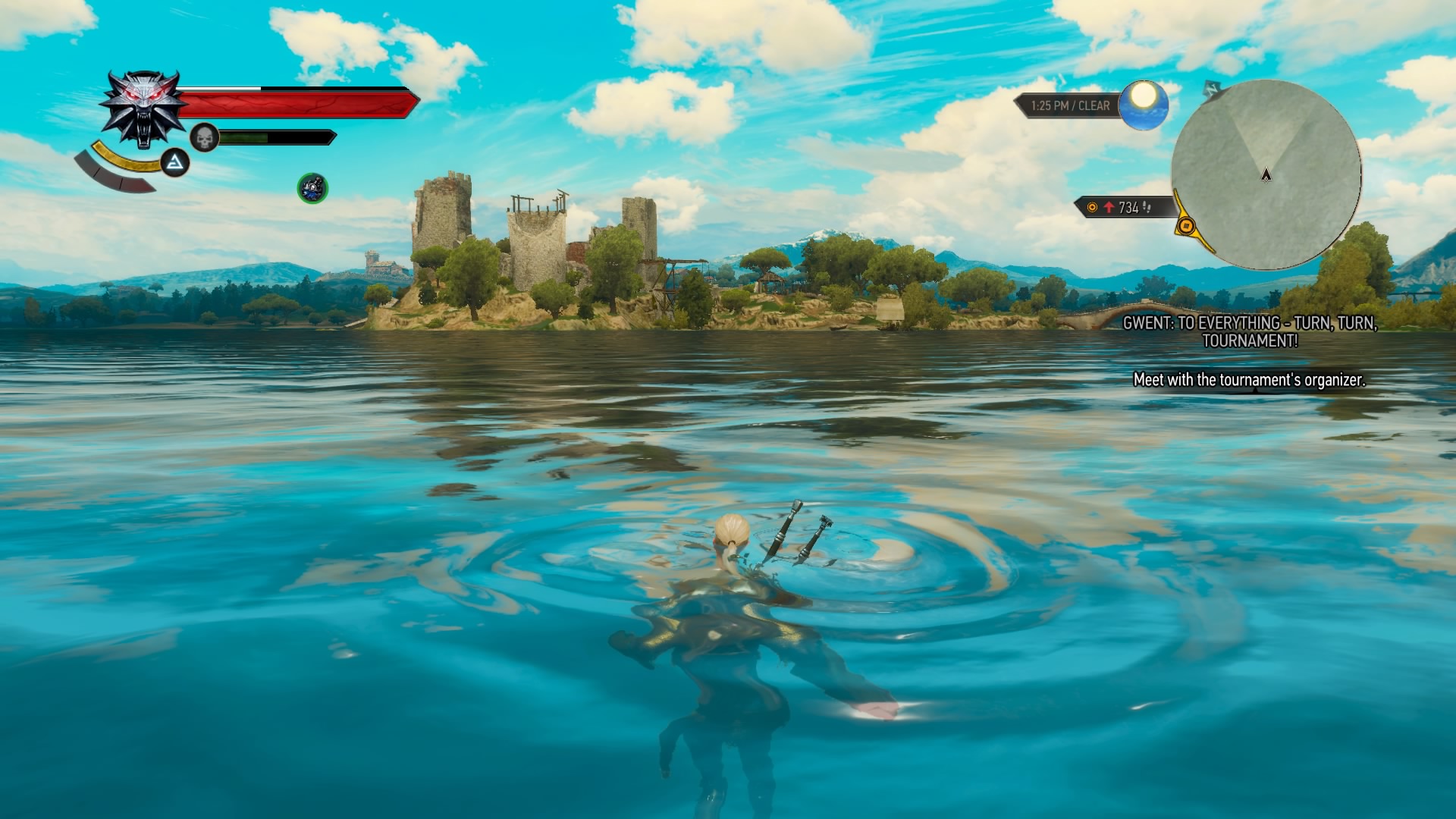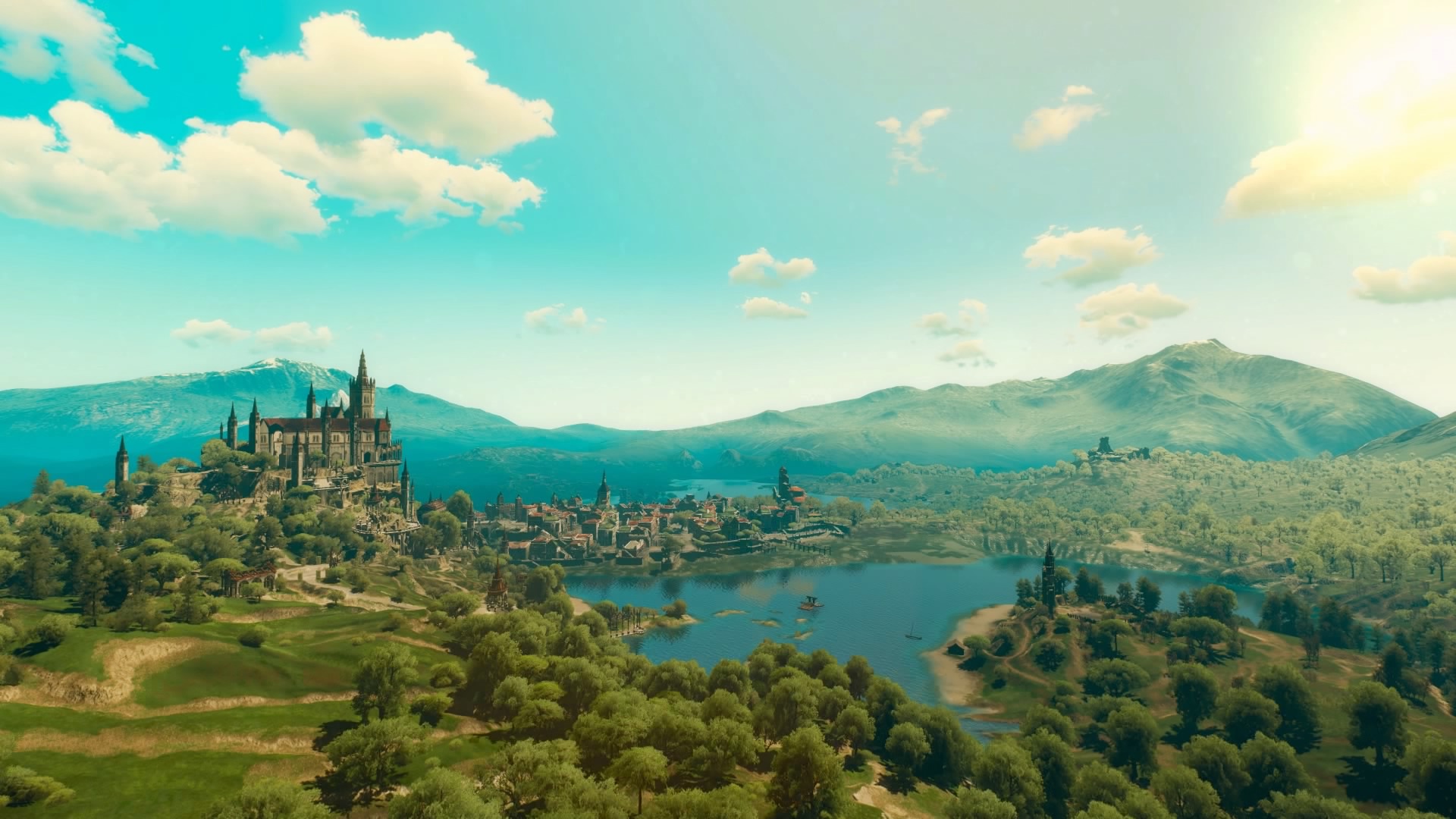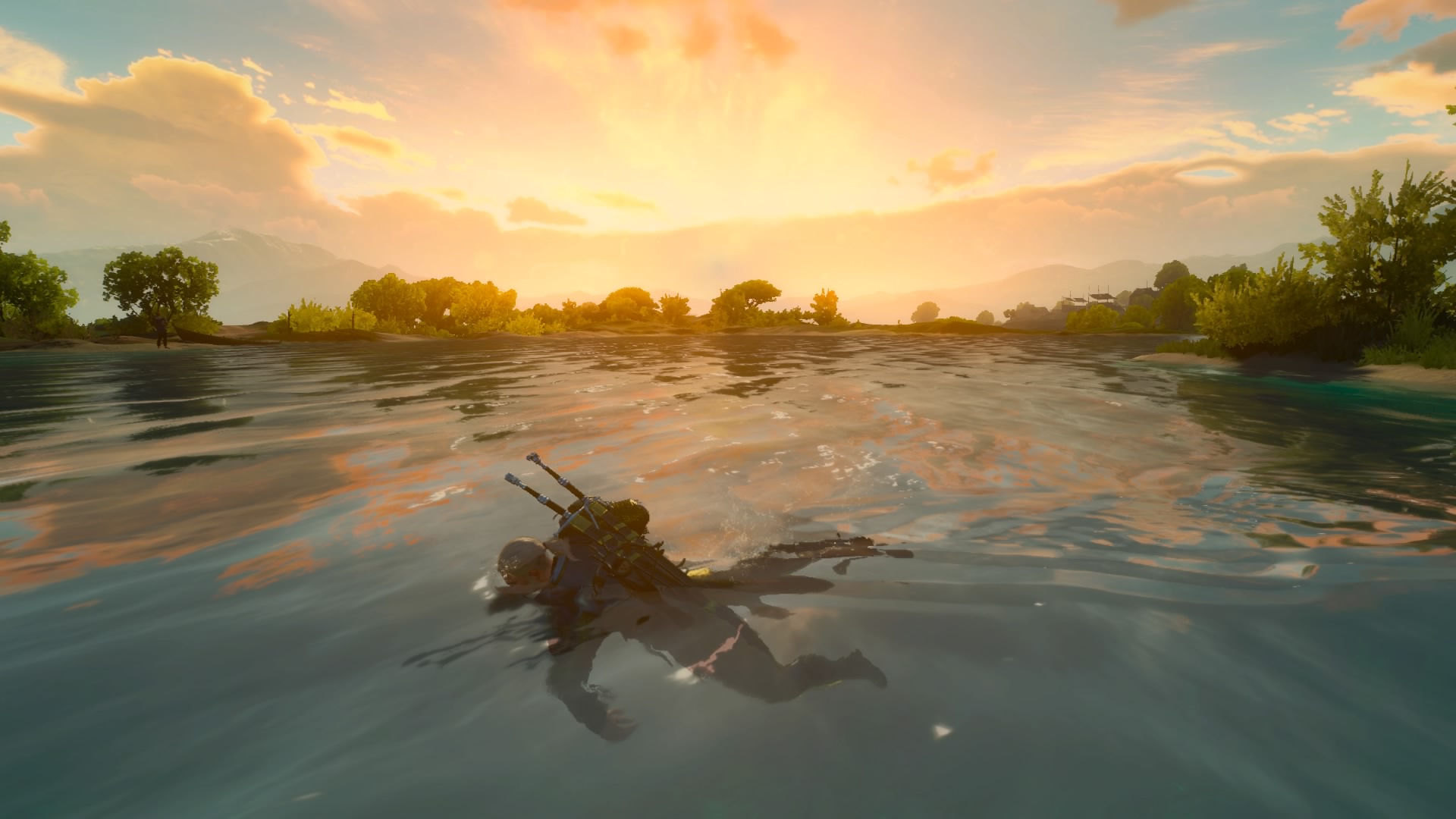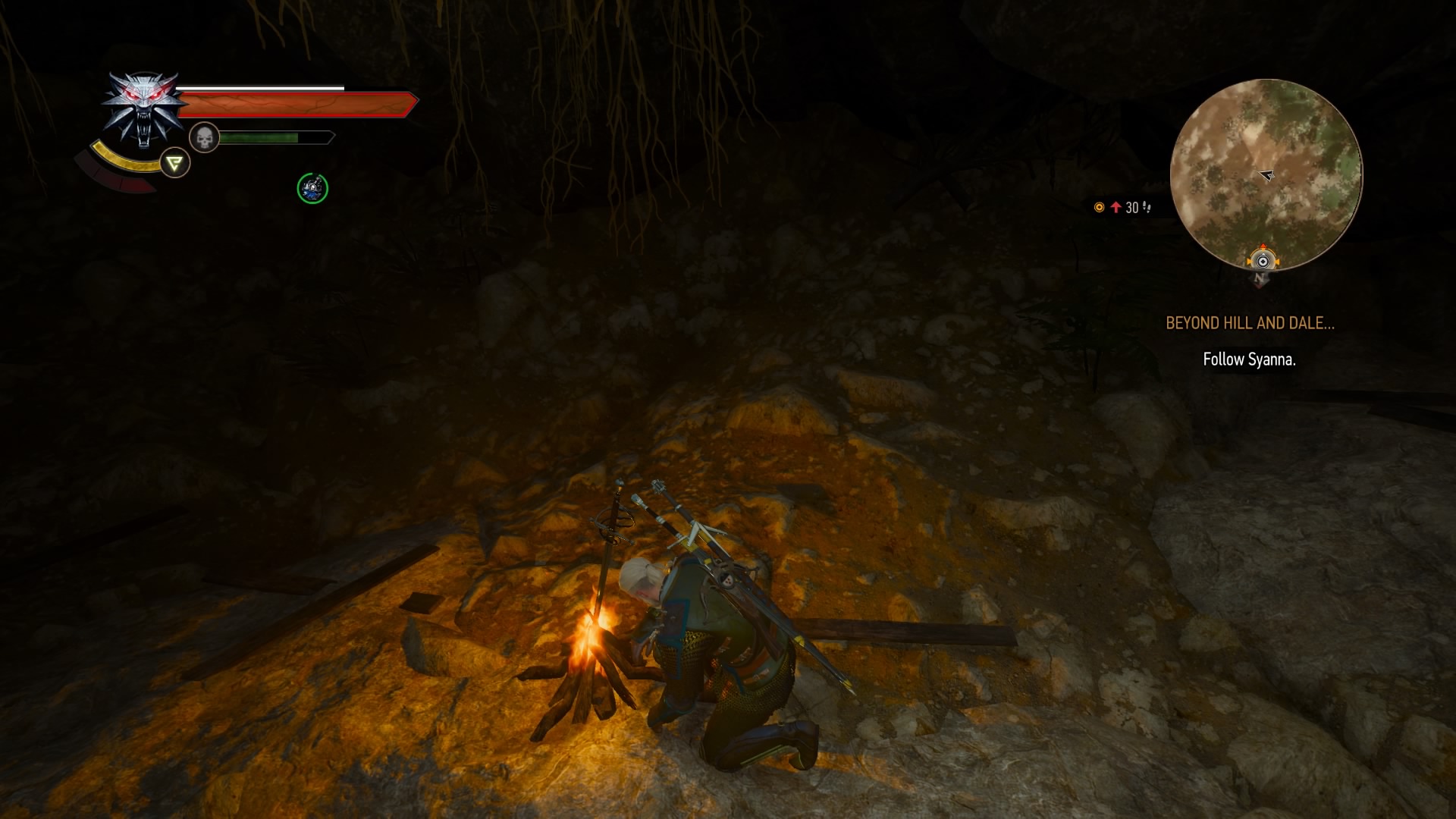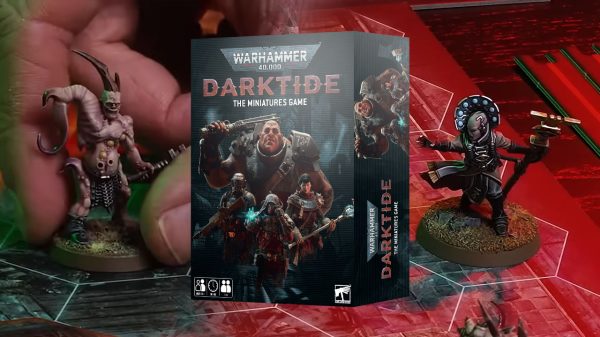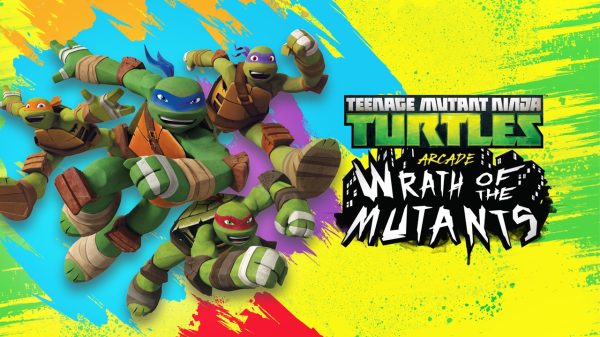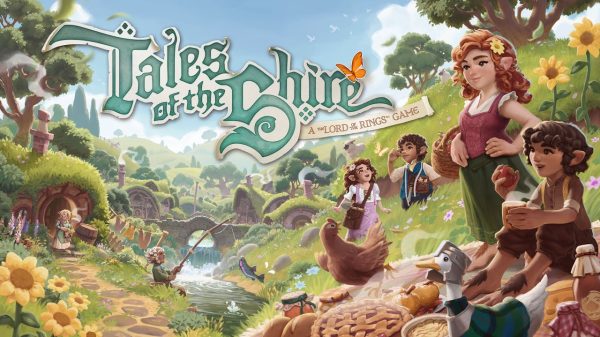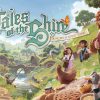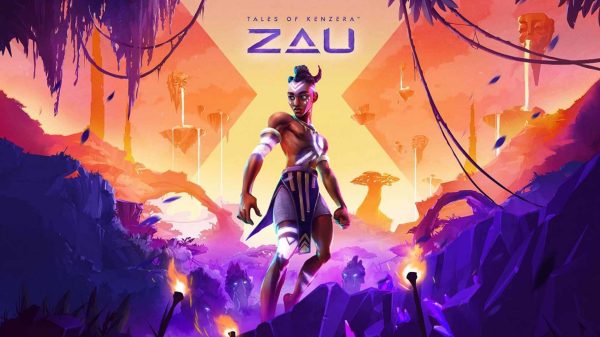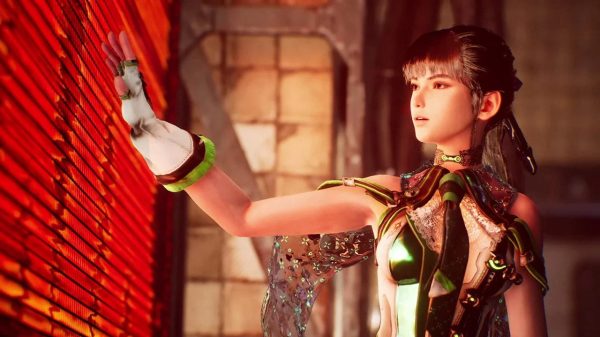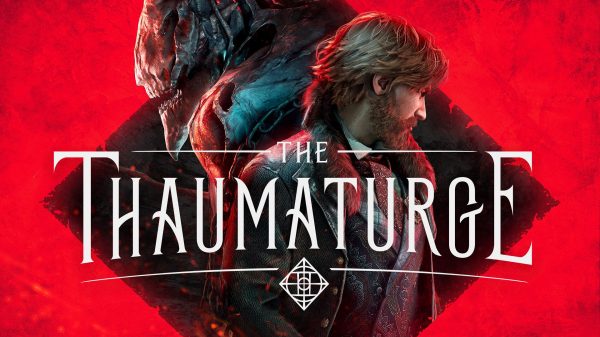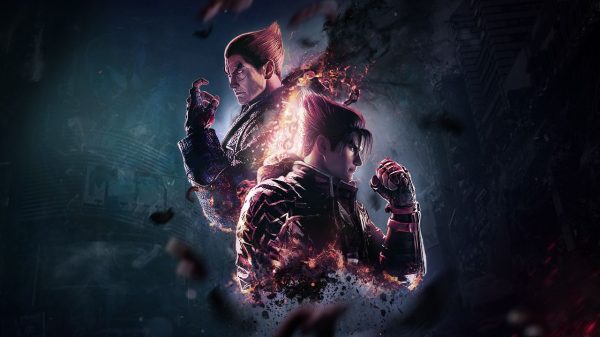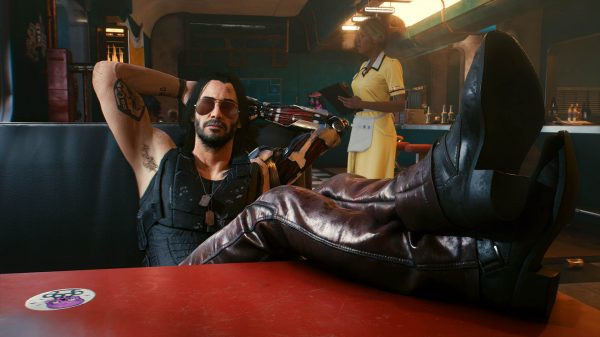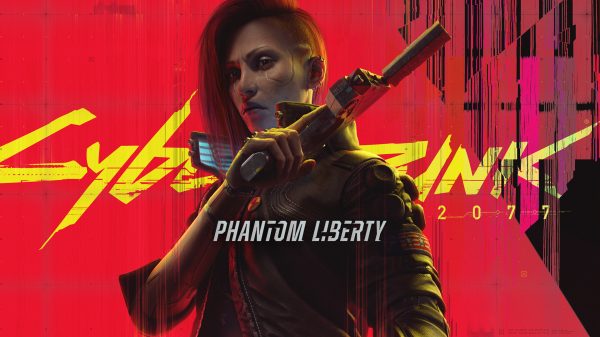It was on May 19 2015 that CD Projekt RED (Bandai Namco Entertainment for us in the PAL region) graced us with the release of The Witcher 3: Wild Hunt. The game was very well received and was actually the recipient of last year’s Game of the Year award at The Game Awards 2015. It even beat the likes of Metal Gear Solid V: The Phantom Pain and Bloodborne – not a simple feat. The game received the first of two expansions, Hearts of Stone, in October of that year and since then the team at CD Projekt RED have been working on the second and final expansion: Blood and Wine. In my interview with the senior animator for these expansions and lead animator for the base game, Jamie Bury (link to the interview here), he states that this will most likely spell the end of Geralt’s adventures, so this expansion has big shoes to fill if it aims to leave players satisfied with what they’ve accomplished as they leave the likes Geralt, Triss and Yennefer behind.


Blood and Wine is set in The Duchy of Toussaint, a region south of the game’s main areas. Geralt is tracked down by two knight-errants of the highly-esteemed Duchess Anna Henrietta (or Annarietta). They ask for Geralt’s aid in hunting a murderous beast referred to as the Beast of Beauclair. Naturally, there is a hefty reward involved for slaying the beast, but things definitely are not as they seem. Blood and Wine offers a massive new area, comparable in size to that of the Skellige Isles. It’s filled with over 40 points of interest and at least 30 hours of gameplay. Couple this with the estimated 90+ new quests which are introduced with the expansion and it’s understandable why the expansion takes a whopping 14GB on the PS4.
The main storyline for Blood and Wine is almost like a medieval Sherlock Holmes. In simple terms, while hunting the Beast of Beauclair things go awry and events that unfold point to a greater mystery that Geralt must solve. Within this mystery there are intricacies and multiple turning points in the plot, and this is where the expansion truly shines. By exploring every possible dialogue option you learn things about various enemies and characters that you encounter over the course of the story, and small details which may seem insignificant at first can actually prove to be key details for plot points which you might have otherwise misunderstood. CD Projekt RED have proven that creating a great story with compelling characters is definitely one of their greatest strengths, and Blood and Wine is no exception. Each carefully crafted line of dialogue is delivered in a clear and concise manner, adding depth to what is an already deep plot. Side quest stories are rich, and even though like most RPGs they end up being fairly similar in the way you go about them, it’s not the quests themselves that offer a memorable experience, but rather the scenarios that Geralt finds himself in and the superb dialogue options which range from poignant to hilarious. Geralt is known for his gruff and cheeky sense of humour, and one memorable moment even allows you to make a ‘your mum’ insult. It sounds juvenile, but as with all the dialogue in The Witcher it just seems to fit.
In terms of gameplay, Blood and Wine offers many new things, however one of the most notable things is the new mutations system. Assuming you understand how the mutagen system worked in the original game, mutations work in a similar way. They are separate from the mutagen system and are presented in a web, but essentially they allow for the unlocking of passive traits, with up to four of them being able to be assigned at any one time. The mutations themselves offer unique benefits like making Signs cause critical hit damage or giving you an attack damage multiplier as you land successive blows without being hit. This system works quite well, however it is expensive for players to use as most mutations cost multiple skill points, meaning multiple level ups are required for a single mutation. The more powerful ones like being able to cheat death once every three minutes are certainly worth the effort though. Another big addition is the new Skellige Gwent deck. There are about 27 cards for you to collect in Blood and Wine, meaning that maybe I’ll stop using the Northern Realms deck so much (let’s be real, I’ll never stop using that deck).
Another big addition is the new Skellige Gwent deck. There are about 27 cards for you to collect in Blood and Wine, meaning that maybe I’ll stop using the Northern Realms deck so much.
Have some pretty photos of Toussaint
One of my favourite things about Blood and Wine is how CD Projekt RED have once again managed to perfectly tailor music for specific scenarios. Whether it be an epic fight scene or just a street band in the markets of Beauclair, every piece of music fits perfectly and assists in immersing the player in the environment, really making you feel like you’re in Geralt’s boots. Another little detail I noticed was that they used the instrumentals of Priscilla’s (a key character in the base game’s plot) song, The Wolven Storm. Though it only came up a few times it was a really lovely tune to hear as the song is simply a beautifully written piece of music. While the music is generally bright and happy to reflect the boisterous setting, it can also reach darker moments. For instance, when you’re at a crime scene, a dissonant sustained chord plays, which makes for a discomforting atmosphere, particularly when in a dark room filled with corpses that have recently been massacred.
Art direction is one of the facets where Blood and Wine differs radically from the base game. In the vanilla areas of The Witcher 3, the war-torn landscapes often seemed dreary, with darker shades of colour splashed across the lands and the depressing mood reflected in its inhabitants. In contrast, Toussaint features a very bright and vibrant colour palette, almost as if Van Gogh’s jorts were too tight and had exploded with colour. The sky shines a beautiful, deep blue like that of a fairytale, and is mirrored in the beautiful azure waters. Mountains in the distance make the skybox even more gorgeous, while trees and bright grass make the landscape itself like sex to your eyes. Everything about this expansion’s visuals makes it stand out when compared to that of the base game. Even the detailing in the clothes worn by NPCs is bright and colourful. Speaking of NPCs, while walking through the city of Beauclair, you’ll notice things are a lot livelier in terms of culture. NPCs hold their heads high and speak with eloquence, as is expected of people who live in the Duchy of Toussaint. However, don’t think that all of Toussaint is bright and colourful, because it’s not. Caves and crevices feel more harrowing than ever as entrances are skewed and craggy openings appear like fissures in the menacing rocky outcrops. You’re often forced to descend into depths unknown, and you won’t simply be waltzing into these areas without at least some apprehension. Couple this with unnerving shrieks from enemies like Shaelmaers (essentially giant rocks with feet) and you’ve a right to be fearful. Indeed many of the enemies in Blood and Wine are tougher, especially those bloody Shaelmaers (in case you didn’t notice, Shaelmaers gave me a hard time). It should be noted though that I decided to play Blood and Wine on the Deathmarch difficulty, also known as Pull-My-Hair-Out-Why-Am-I-Doing-This-To-Myself difficulty.
Whether it be an epic fight scene or just a street band in the markets of Beauclair, every piece of music fits perfectly and assists in immersing the player in the environment, really making you feel like you’re in Geralt’s boots.
Though Blood and Wine does so much right, it also brings some issues to the table. For starters, some of the new enemies’ entries in the bestiary are glitches and don’t actually have a preview image of the enemy, so there is just a blank space and a name. This may seem like a minor issue, but sometimes you just need to find an enemy by its appearance, which is difficult to do if the preview doesn’t exist. Another issue is for a specific mission named ‘A Knight’s Tale’. I encountered the quest randomly in my travels and not by picking it up off a notice boards. After completing it I went across Toussaint and I encountered the notice board which would have started the quest. After unwittingly picking up the notice, it made the quest reappear in the quest log but seeing as I’d already done it I couldn’t get rid of the new entry. Currently it sits in an uncompleted status in my quest log, which, for anyone who is as anal about these things as I am, is a fairly annoying bug. There are a few rendering issues, and the loading times are still far too long. I also encountered a really funny glitch where a bunch of animals were stacked on a horse. Speaking of horses, Roach is still the same old hot mess, and a lot of your time will be spent yelling at her as she struggles to make her way through the environment.
Final Thoughts
The Witcher 3: Wild Hunt’s Blood and Wine expansion perfectly captures the beauty that is Toussaint, while also breathing life into a game whose previous environments centred around war and death. It also serves as a great close to the illustrious Witcher series, and is a satisfying sendoff to our grey and grizzled antihero. It tells a deep story riddled with intrigue that is expertly delivered through meaningful characters and clever dialogue. Though the expansion does have a few minor issues, it is an overall great piece of DLC that offers more content than most base games do.
Reviewed on PS4

- CD Projekt RED
- Bandai Namco Entertainment
- PS4/ Xbox One / PC
- May 30, 2016



Jordan lives and breathes Dark Souls, even though his favourite game is Bloodborne. He takes pride in bashing his face on walls and praising the sun. Hailing from the land of tacos, he is the token minority for WellPlayed.





